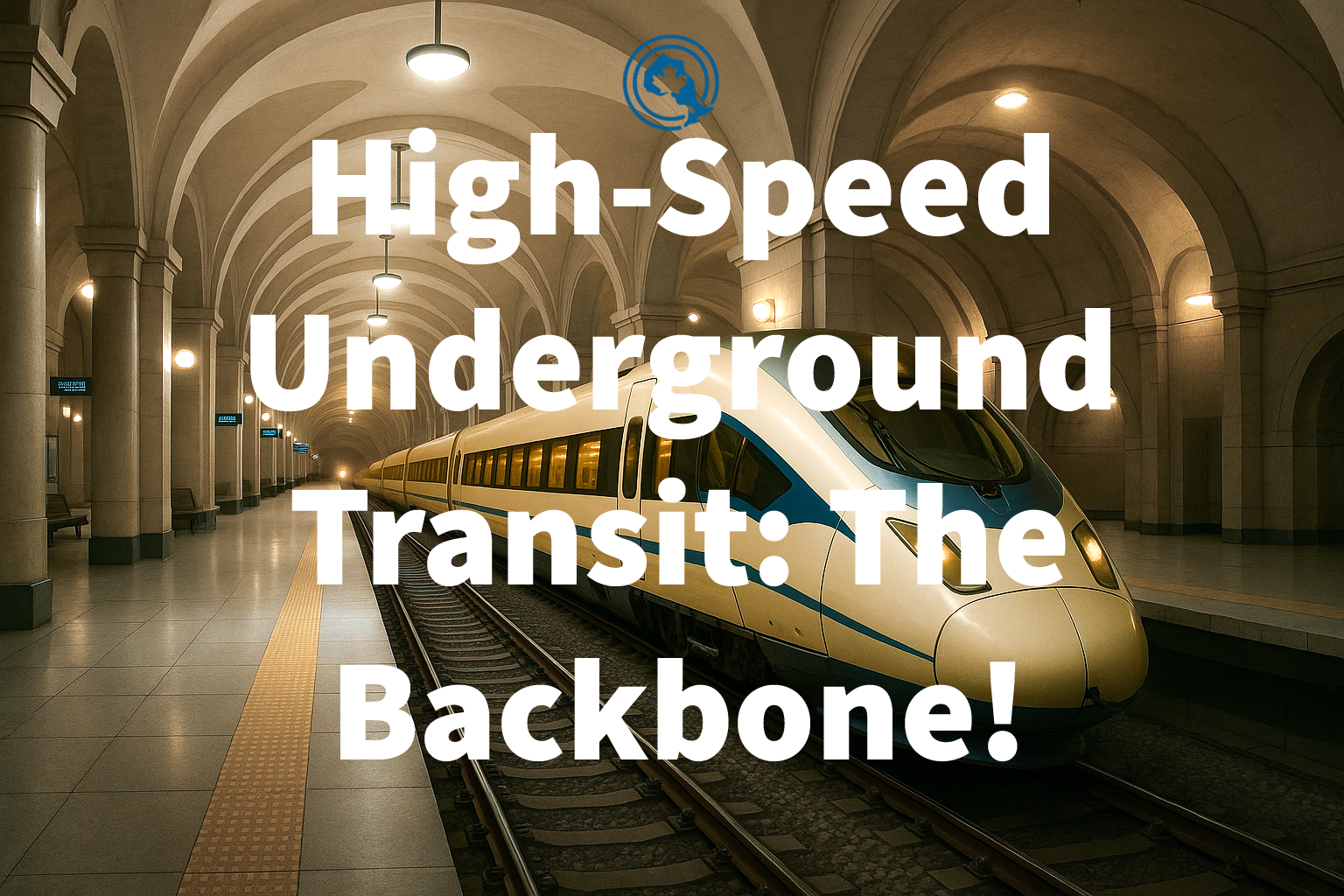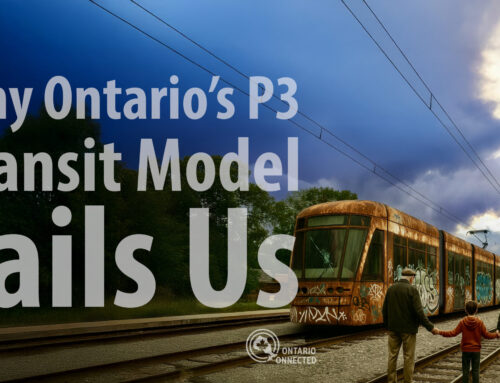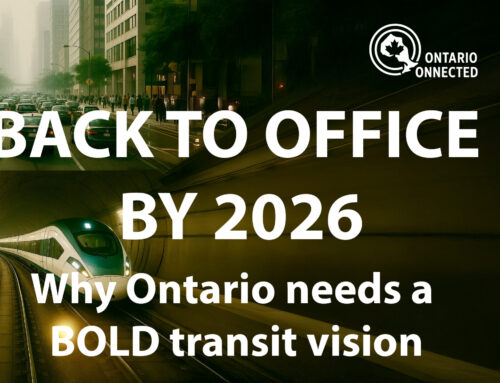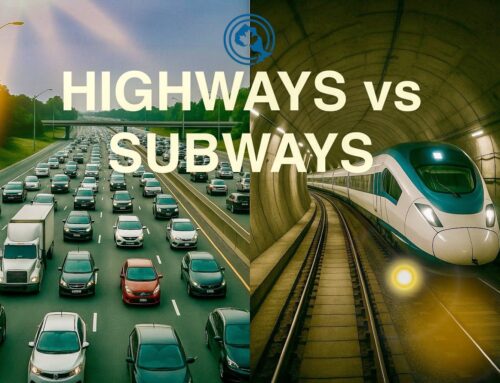Ontario is a province on the move — but too often, that movement happens in traffic jams, overcrowded trains, or long commutes that waste time and drain energy.
High-speed rail is often imagined as something sleek above ground, zipping between cities. But what if Ontario embraced a bold alternative: a high-speed underground transit system that not only connects cities but also integrates with underground communities, schools, hospitals, and essential services?
The Promise of High-Speed Trains
High-speed trains can travel at 250–320 km/h, compared to GO trains averaging around 80–100 km/h.
- Toronto → Ottawa in 2 hours (instead of 5 by car)
- Toronto → Montreal in 3 hours (instead of nearly 6)
- Toronto → Kitchener in 30 minutes (instead of 90)
These time savings aren’t just numbers. They translate into lives regained — parents spending more evenings with family, workers less stressed, students with more time to study, and businesses operating more efficiently.
Why Underground?
Ontario faces major above-ground challenges:
- Farmland preservation
- Urban sprawl
- Environmental protection
- Climate resilience
By building deep, multi-layer underground corridors, Ontario can:
- Protect natural landscapes
- Avoid displacing communities
- Build resilient hubs shielded from snow, ice, and storms
Global Examples That Work
This isn’t just theory — other countries have shown what’s possible:
- Japan’s Shinkansen (since 1964): Millions ride bullet trains daily, with near-perfect safety and punctuality.
- France’s TGV & Paris RER (1970s–present): High-speed trains and underground regional lines reshaped commuting across the region.
- China’s High-Speed Rail (2008–present): The world’s largest network — over 40,000 km — connecting major cities and fueling economic growth.
- Helsinki Underground City: Finland integrated shops, services, and shelters underground, proving cold climates can support underground life.
These examples show that ambitious infrastructure, when done right, changes how people live, work, and connect.
A Parallel Underground Ontario
Imagine boarding a high-speed train in Toronto and arriving in Kitchener, Barrie, or Kingston in under an hour.
Now imagine stepping into a vibrant underground hub with:
- Hospitals and emergency services directly connected
- Schools and universities accessible without long transfers
- Workplaces, retail, and housing integrated into the station itself
- Entertainment, dining, and community spaces warm and sheltered in winter
This is more than a train — it’s the start of an underground Ontario, built to grow without exhausting the surface.
The Economic and Social Payoff
- Productivity: Billions saved each year in congestion costs
- Climate Action: Fewer cars, lower emissions, cleaner air
- Housing: Affordable, transit-linked communities above and below ground
- Resilience: Systems shielded from snowstorms, floods, and heat waves
A Vision for Generations
High-speed underground transit isn’t a short-term fix — it’s a 50-year investment in Ontario’s people and economy.
By digging deeper, Ontario can create a network that doesn’t just move commuters — it reshapes how we live, learn, heal, and grow as communities.
The question isn’t whether we can afford to build it. The question is: can we afford not to?







Leave A Comment
You must be logged in to post a comment.